 I’ve been diving into Die in the Dungeon by ATICO, published by HypeTrain Digital. Fans say it nails the Slay the Spire vibe but with dice. The ever-shifting floors and surprise encounters hook me fast. I love that each run feels like a fresh adventure. One user praised its addicting mix of strategy and chance.
I’ve been diving into Die in the Dungeon by ATICO, published by HypeTrain Digital. Fans say it nails the Slay the Spire vibe but with dice. The ever-shifting floors and surprise encounters hook me fast. I love that each run feels like a fresh adventure. One user praised its addicting mix of strategy and chance.
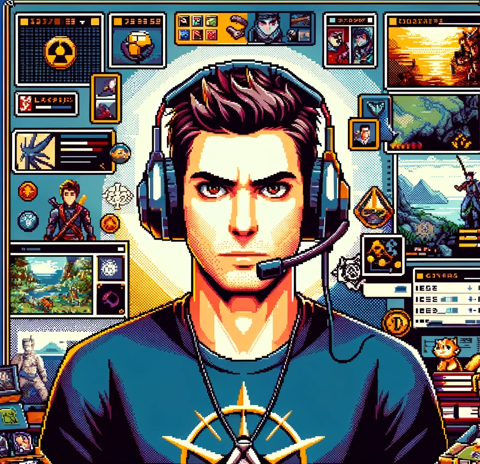 I respect how ATICO expands dice variety over updates. They’ve added relics, dice skins, and new achievements in early access. I’ve collected every relic and unlocked all board-slot upgrades. I did spot a tooltip issue—dice effects vanish too fast. A persistent inspect key would help collectors. Otherwise, I’m chasing every synergy and side challenge.
I respect how ATICO expands dice variety over updates. They’ve added relics, dice skins, and new achievements in early access. I’ve collected every relic and unlocked all board-slot upgrades. I did spot a tooltip issue—dice effects vanish too fast. A persistent inspect key would help collectors. Otherwise, I’m chasing every synergy and side challenge.
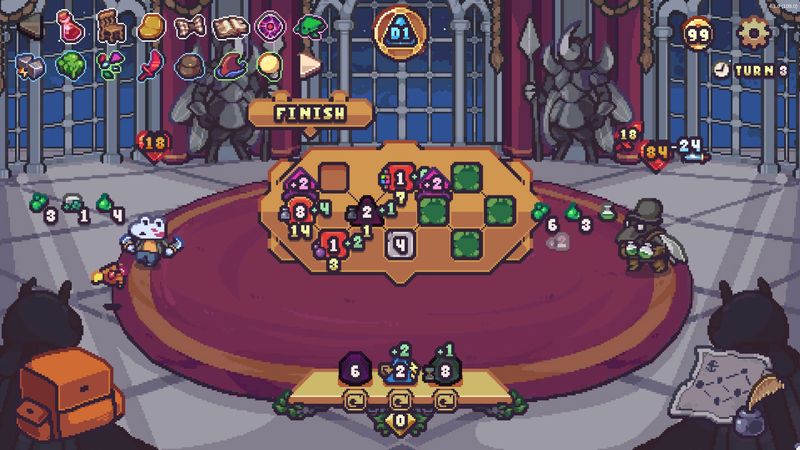
 The core mechanics stand out. Each die has a clear role—attack, guard, buff, copy. Relic combos push deck-building into new territory. I see echoes of Monster Train’s synergy-pushing design. Glass dice force you to adapt or use removal relics. That RNG adds tension but feels fair for seasoned players.
The core mechanics stand out. Each die has a clear role—attack, guard, buff, copy. Relic combos push deck-building into new territory. I see echoes of Monster Train’s synergy-pushing design. Glass dice force you to adapt or use removal relics. That RNG adds tension but feels fair for seasoned players.
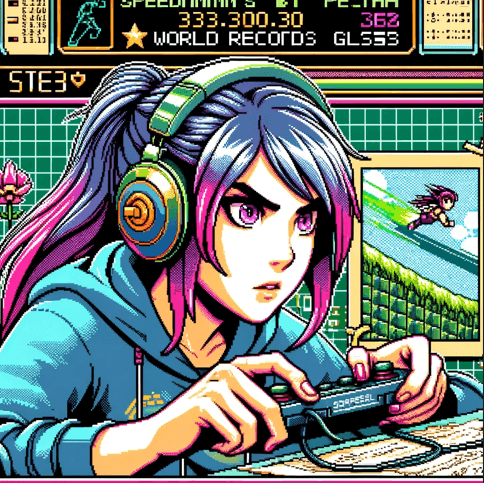 As a speedrunner, I test every roll’s probability. The dice RNG can kill a fast run if a glass die shows up in first fight. I track relic spawn spots to skip weak rolls. With precise relic paths, you can shave minutes off your best time. The run length rivals Dicey Dungeons. I recommend players lock in their relic priorities early.
As a speedrunner, I test every roll’s probability. The dice RNG can kill a fast run if a glass die shows up in first fight. I track relic spawn spots to skip weak rolls. With precise relic paths, you can shave minutes off your best time. The run length rivals Dicey Dungeons. I recommend players lock in their relic priorities early.
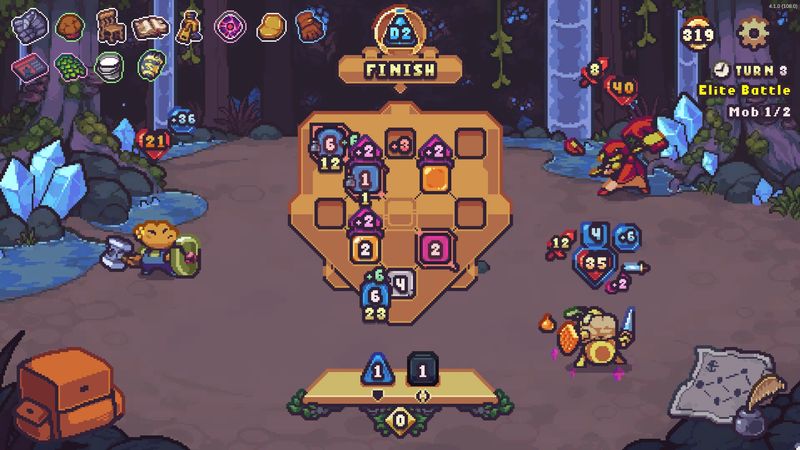
 On story and world-building, the dungeon’s lore creeps in through relic flavor text. ATICO said in an interview they wanted a “mystery in every tile.” That gives each room a haunted vibe. Dialogue stays brief but effective. You’re never lost in walls of text, so pacing stays tight.
On story and world-building, the dungeon’s lore creeps in through relic flavor text. ATICO said in an interview they wanted a “mystery in every tile.” That gives each room a haunted vibe. Dialogue stays brief but effective. You’re never lost in walls of text, so pacing stays tight.
 Graphically, this runs on Unity but feels custom-built. The art style leans on rich purples and dark stone textures. Animation on dice rolls adds satisfying flair. Even weaker dice get unique spin animations. I tested performance on PC and budget laptops—no major drops yet.
Graphically, this runs on Unity but feels custom-built. The art style leans on rich purples and dark stone textures. Animation on dice rolls adds satisfying flair. Even weaker dice get unique spin animations. I tested performance on PC and budget laptops—no major drops yet.
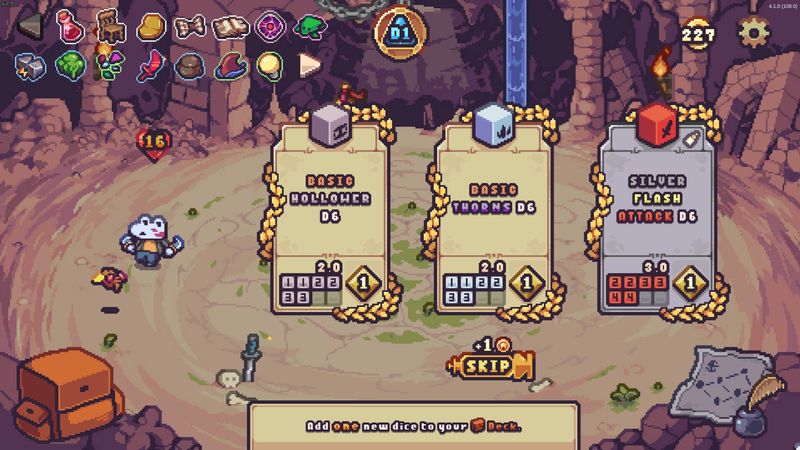
 Audio stands solid. The soundtrack mixes tense percussion with eerie synths. I replay the “Dungeon Descent” track to build focus. SFX for critical hits and relic triggers line up perfectly. No voiced lines now, but I sense crisp cues fill that gap.
Audio stands solid. The soundtrack mixes tense percussion with eerie synths. I replay the “Dungeon Descent” track to build focus. SFX for critical hits and relic triggers line up perfectly. No voiced lines now, but I sense crisp cues fill that gap.
 Characters here are your dice and relics. They feel alive through mechanics. You don’t have avatars, but each relic tells a story. I like the subtle nods to classic roguelikes in item design. It’s inclusive since anyone shapes their own deck persona.
Characters here are your dice and relics. They feel alive through mechanics. You don’t have avatars, but each relic tells a story. I like the subtle nods to classic roguelikes in item design. It’s inclusive since anyone shapes their own deck persona.

 Combat balances well. Encounters grow harder but never feel unfair. Some players mentioned spikes when glass dice force you to rebuild. I agree that accessibility options like easier glass removal would help new players. But I love the smooth ramp as you collect better dice.
Combat balances well. Encounters grow harder but never feel unfair. Some players mentioned spikes when glass dice force you to rebuild. I agree that accessibility options like easier glass removal would help new players. But I love the smooth ramp as you collect better dice.
 Replay value stays high. Branching relic paths, secret rooms, and unlockable dice keep me returning. I found three hidden relics last night alone. It rivals replay incentives in Slay the Spire, in my book.
Replay value stays high. Branching relic paths, secret rooms, and unlockable dice keep me returning. I found three hidden relics last night alone. It rivals replay incentives in Slay the Spire, in my book.
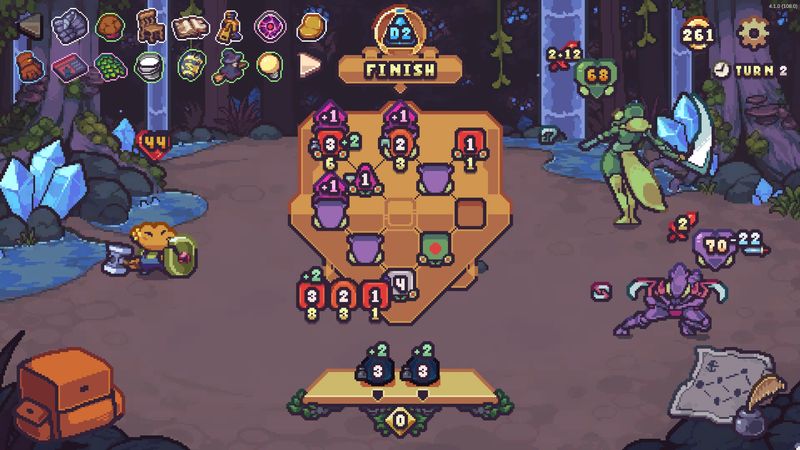
 Final Thoughts: Die in the Dungeon pushes deck-builder limits. Its dice-on-board twist adds depth. Hardcore players will relish the skill ceiling here. It stands out versus competitors like Monster Train and Dicey Dungeons. If you love combo-driven roguelites, play it.
Final Thoughts: Die in the Dungeon pushes deck-builder limits. Its dice-on-board twist adds depth. Hardcore players will relish the skill ceiling here. It stands out versus competitors like Monster Train and Dicey Dungeons. If you love combo-driven roguelites, play it.
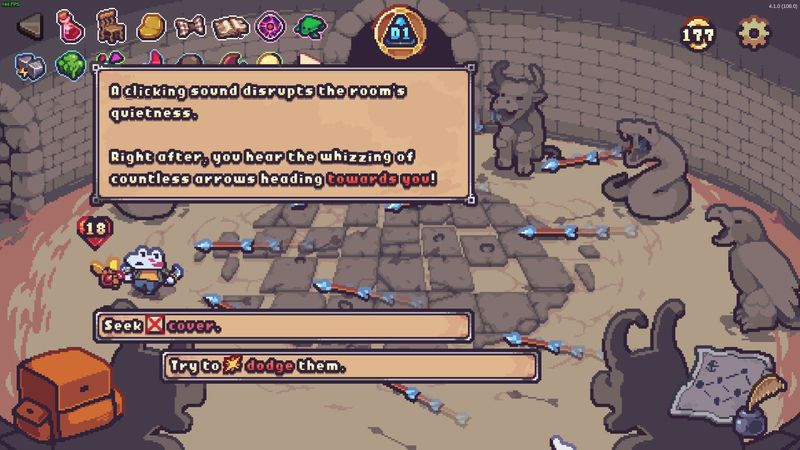
 If you enjoy Die in the Dungeon, several similar games offer equally engaging deck-building experiences. For example, Slay the Spire lets you craft powerful card decks, choose branching paths, and battle challenging bosses, defining the modern roguelite genre. Meanwhile, Dicey Dungeons blends dice rolls with light RPG mechanics, focusing on quirky characters and progression. Additionally, Monster Train stacks deep card synergies across multiple floors, perfect for fans of complex relic combos. On the other hand, Griftlands combines deck-building with narrative RPG elements, giving each character unique cards and branching storylines. Finally, One Step From Eden delivers fast-paced grid combat with real-time strategy, ensuring every second feels intense and rewarding.
If you enjoy Die in the Dungeon, several similar games offer equally engaging deck-building experiences. For example, Slay the Spire lets you craft powerful card decks, choose branching paths, and battle challenging bosses, defining the modern roguelite genre. Meanwhile, Dicey Dungeons blends dice rolls with light RPG mechanics, focusing on quirky characters and progression. Additionally, Monster Train stacks deep card synergies across multiple floors, perfect for fans of complex relic combos. On the other hand, Griftlands combines deck-building with narrative RPG elements, giving each character unique cards and branching storylines. Finally, One Step From Eden delivers fast-paced grid combat with real-time strategy, ensuring every second feels intense and rewarding.


